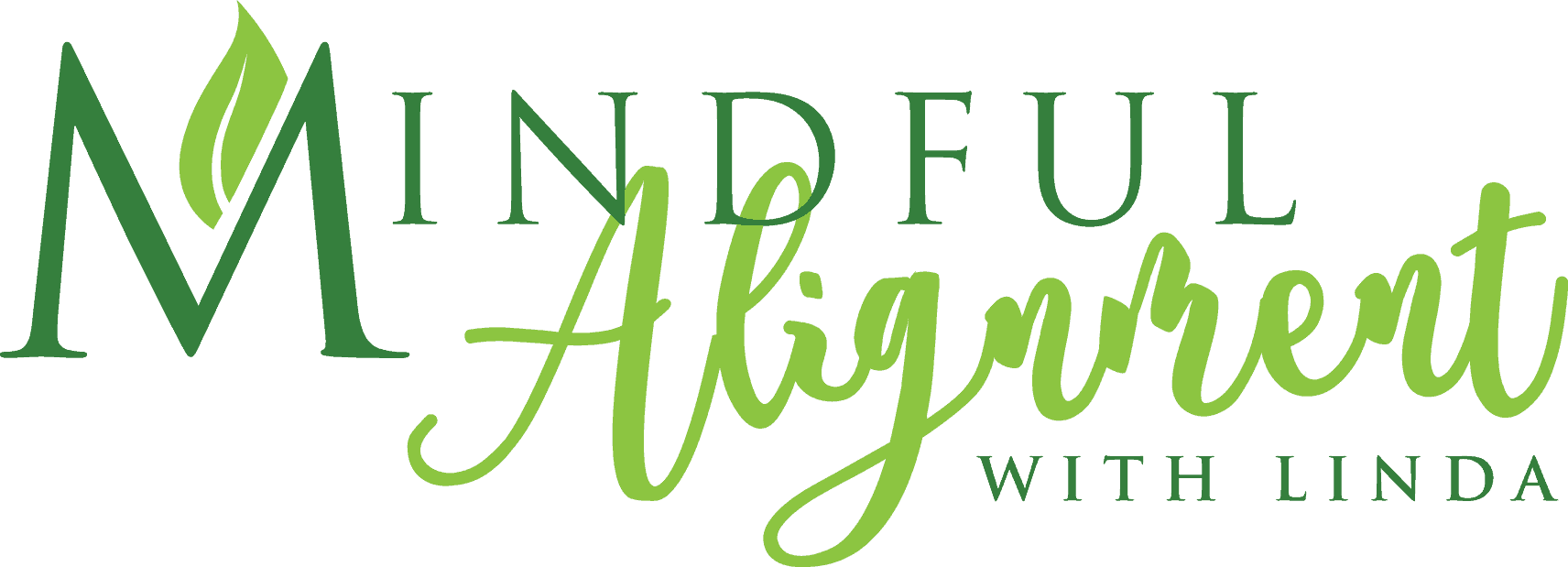The SAID Principle
‘SAID’ stands for Specific Adaptation to Imposed Demand
In other words, the body attempts to get better at the movement that one repeats, strengthening that muscle in that movement. For a right-handed tennis player, the muscles get bigger and stronger in the right arm, and so will the tendons and ligaments.
How does that influence your fitness program?
If you are following the same fitness program for an extended period, you only get better at those movements or exercises.
The body has over 600 muscles. It is unlikely that the exercises or movements in a repetitive program strengthens all the muscles and move the joints in all directions. One would need to move in all directions to balance and strengthen the muscles and joints. If not, the muscles only strengthen the movement that is practiced.
This is why variety is good for you
The best practice is to vary any exercise routine or the individual movements. Mix it up a bit. Try different exercises and different poses. Use it or lose it. As we age, the shoulder joint is one of the joints that loses range of motion because we don’t move it or exercise it in all directions.
The shoulder can move in eight directions:
- flexion and extension
- abduction and adduction
- internal and external rotation
- horizontal abduction and adduction.
All need to be exercised.
How limited movements affect you
Teaching has allowed me to witness a large number of people who have no idea that they cannot move their arms in a motion similar to swimming the front crawl simply because they have long since stopped moving their arms in different directions.
That is why I vary the exercises and yoga poses for my clients and in my classes. By moving in many directions, clients have a better chance of using more muscles, thus keeping the joints flexible and more balanced. Moving the joints in all directions is key to flexibility and strength.
Also, variety helps keep you mindful, so you are not moving on auto-pilot.
If you would like help on your wellness journey, schedule a private consultation.
Related Articles:
Beyond Calcium: The Power of Yoga for Bone Health
Discover how yoga supports bone health and osteoporosis prevention. Learn science-backed poses that strengthen your skeleton and reduce fracture risk.
The Motivation Paradox: Action is the Catalyst for Healing Back Pain
Discover the Motivation Paradox of Back Pain—why waiting for motivation keeps you stuck and how action is the true catalyst for healing. Learn science-backed strategies to break the pain cycle and reclaim mobility.
Transform Back Pain Anxiety: From Uncertainty to Empowerment
Discover how to navigate pain anxiety with empowerment. Embrace uncertainty and reclaim your healing journey through mindfulness and resilience.
Transforming Your Relationship with Back Pain: A Mindset Revolution
Back pain is more than a physical challenge—it's a profound psychological journey. The real battle isn't just in your muscles and joints, but in your mind. Your thoughts can either be a prison or a pathway to healing. Reframing Your Inner Narrative When chronic pain...




